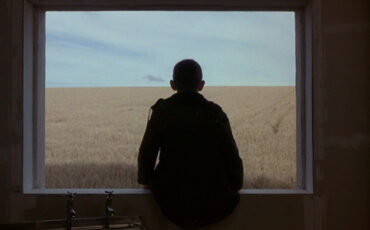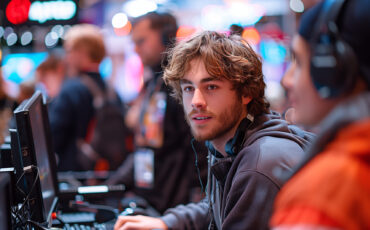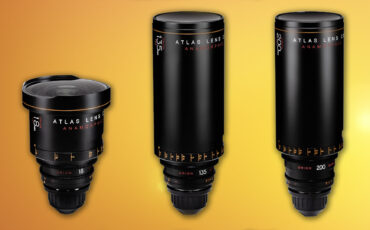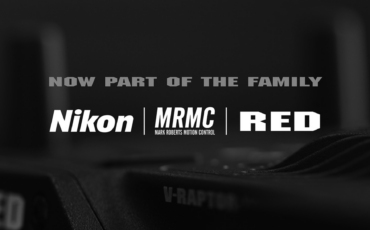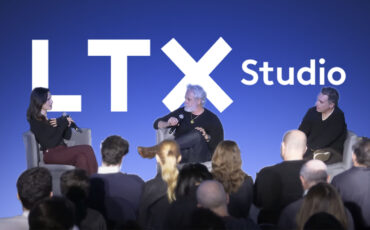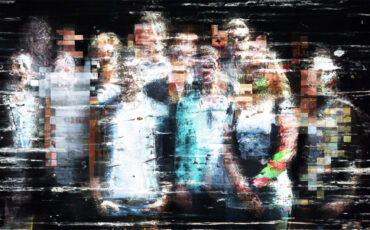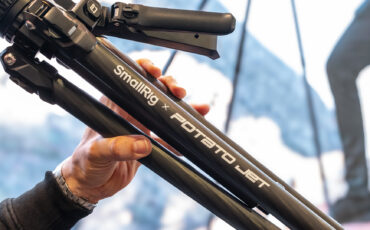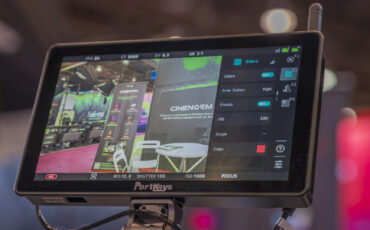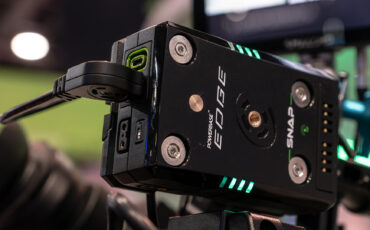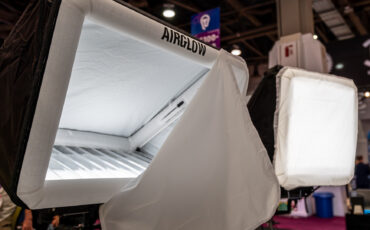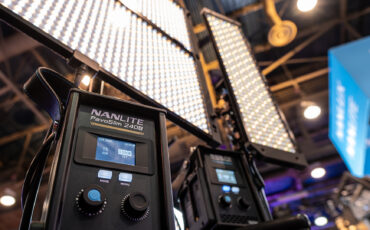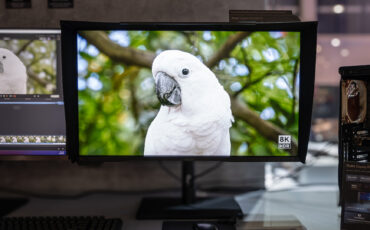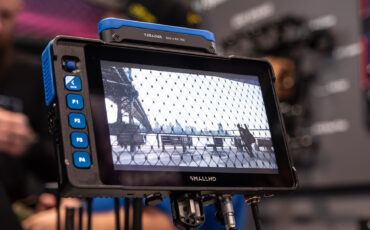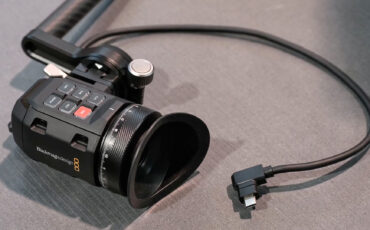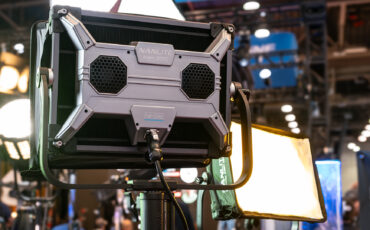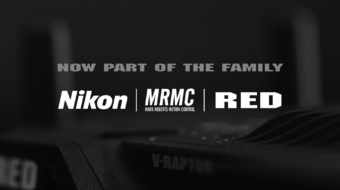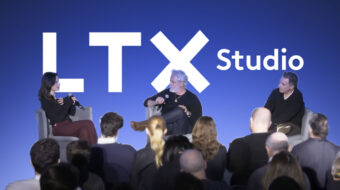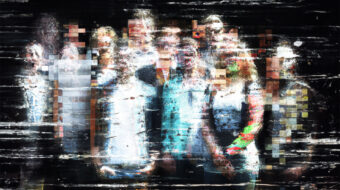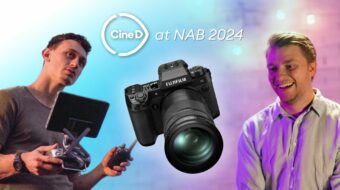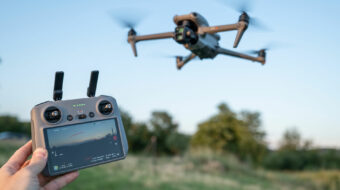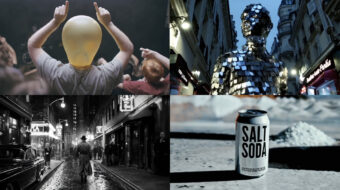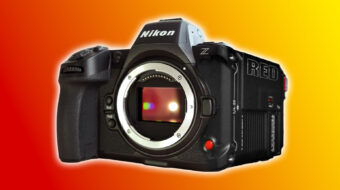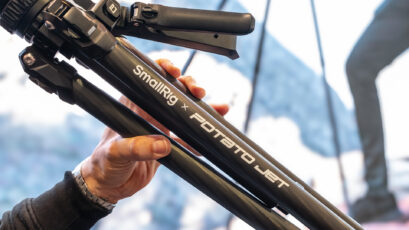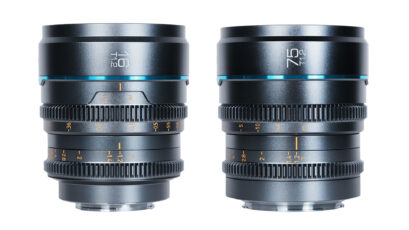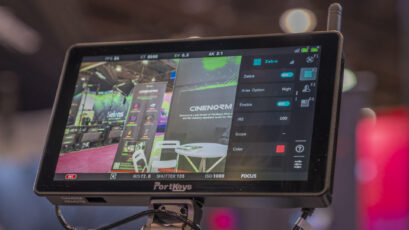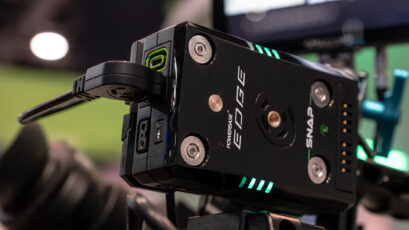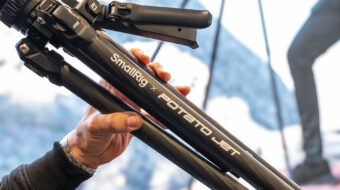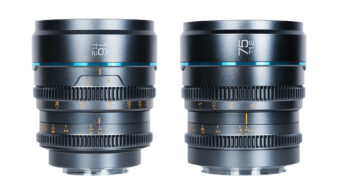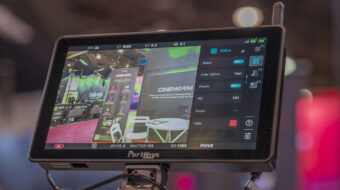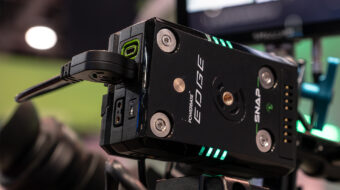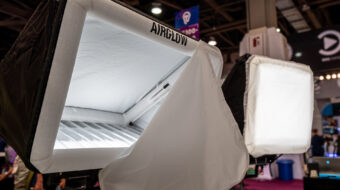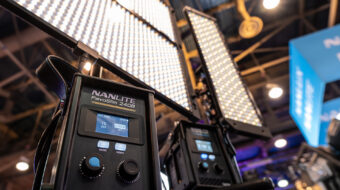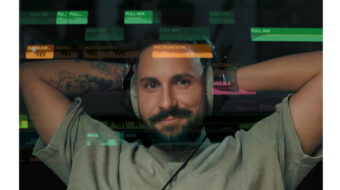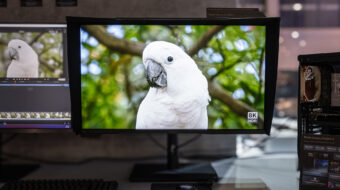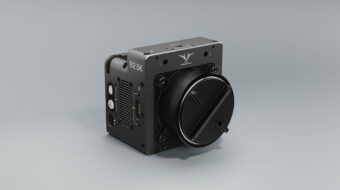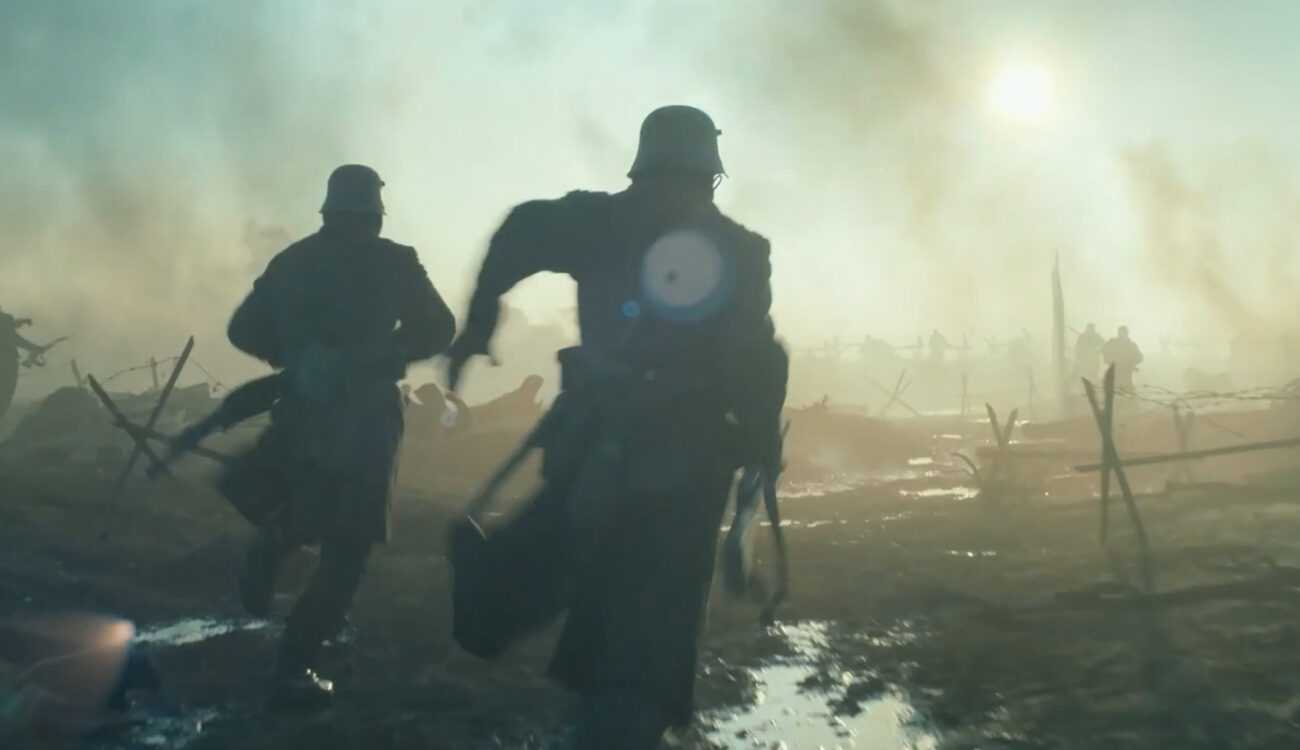
Some stories never get old. This is also true for films about war, even if we wished otherwise. “All Quiet on the Western Front” is a bitter pill to swallow. A new film adaptation of Erich Maria Remarque‘s novel about World War I, directed by Edward Berger, tries to not only show the historical event but to put the audience in the shoes of the young protagonist, Paul, as well. We share the guilt, horror, and pain with him, and that’s where visual language is of great importance. The cinematographer James Friend reveals everything about the cinematic look they created, and why the immersive camera on All Quiet on the Western Front works so well.
This is James Friend’s first war film, and also the first work that has earned him an Academy Award nomination for the best achievement in cinematography. No wonder though. When he speaks about the vast amount of thought and preparation put into the visual grammar of “All Quiet on the Western Front”, it sounds like the most important and difficult project in his career so far. In the ASC Clubhouse Conversation, held by Erik Messerschmidt, Friend admits he doesn’t speak a word of German (which is the original language of the novel and the movie), and that made him quite anxious before the shoot. But when the principal photography began, the fear dissolved because the cinematic language transcended the spoken word. We want to share some of his tools and techniques in approaching camera work for this film.
If you want to listen to the full conversation, you can do it on MZed.com – Register for free to view the video!
Creating and planning for an immersive camera on All Quiet on the Western Front
This epic period drama streaming on Netflix covers events from World War I through the eyes of German lads, who join the military inspired by their school officials. After all the ugliness, death and brutality on the battlefield, their nationalistic views dissolve, with no happy end in sight. When the director Edward Berger first approached James (with whom he had already worked with on several projects), they agreed not to replicate other war films and decided to build a complete visual language from scratch. On such a large-scale film featuring battle scenes with up to 400 extras, it was also extremely important to storyboard and shot-list every single moment. They wouldn’t have had enough time to fulfill their vision any other way.
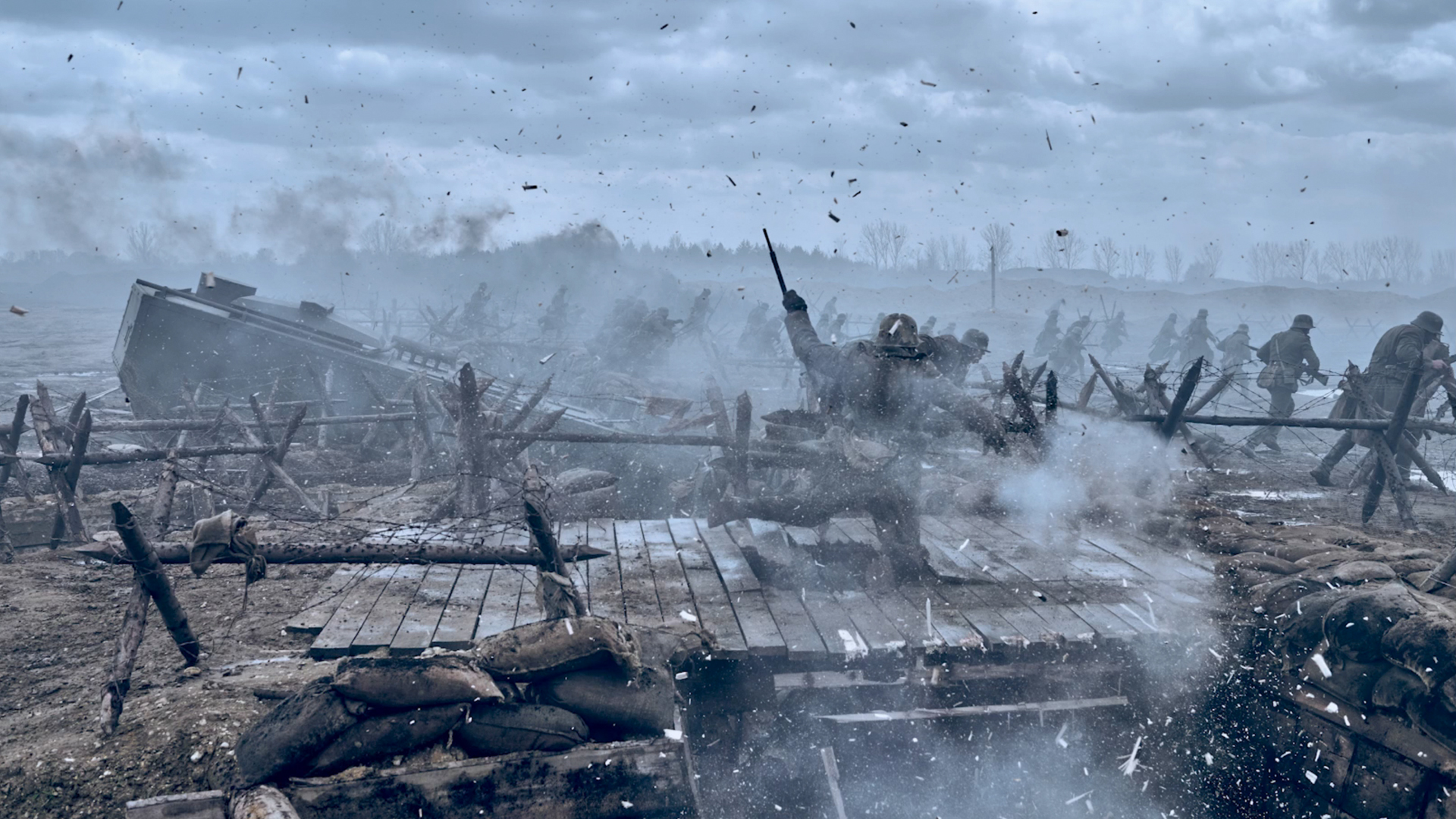
Berger and Friend started the prep simultaneously. Every night, they met at the hotel suite and went through the scenes, putting together the pieces one by one and focusing on visual grammar. The cinematographer says he has never read through a script so many times. Together, they forensically planned all the shots, and when we watch, for example, the tank sequence below, it closely reflects their storyboard.
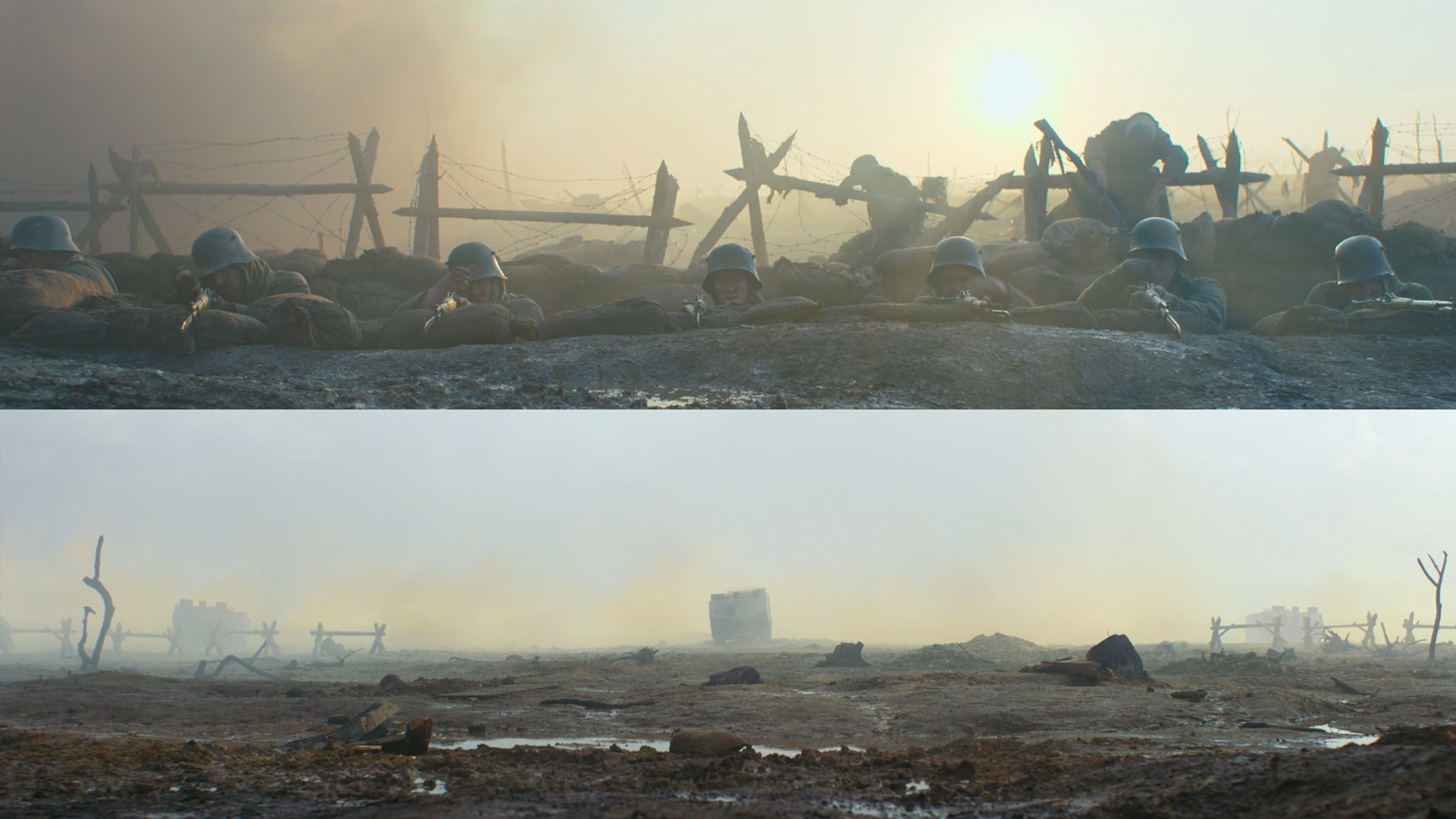
The idea for the film look was to let it feel more like a documentary, not in terms of handheld camera movement, but regarding the overall immersion. The filmmakers wanted the audience to fight on the battlefield, take cover in the trenches, run next to the leading man, and immerse themselves in the horror. Friend chose the single-camera approach for this (without other teams shooting coverage) and tried to construct the shots so that you only cut when needed or intended.
I don’t like insert shots. When you have the possibility to tilt up from something to the face, and show emotion, it’s nicer. Letting the camera do the storytelling instead of putting the cut – is always my favorite.
James Friend. Quote from the ASC clubhouse conversation.
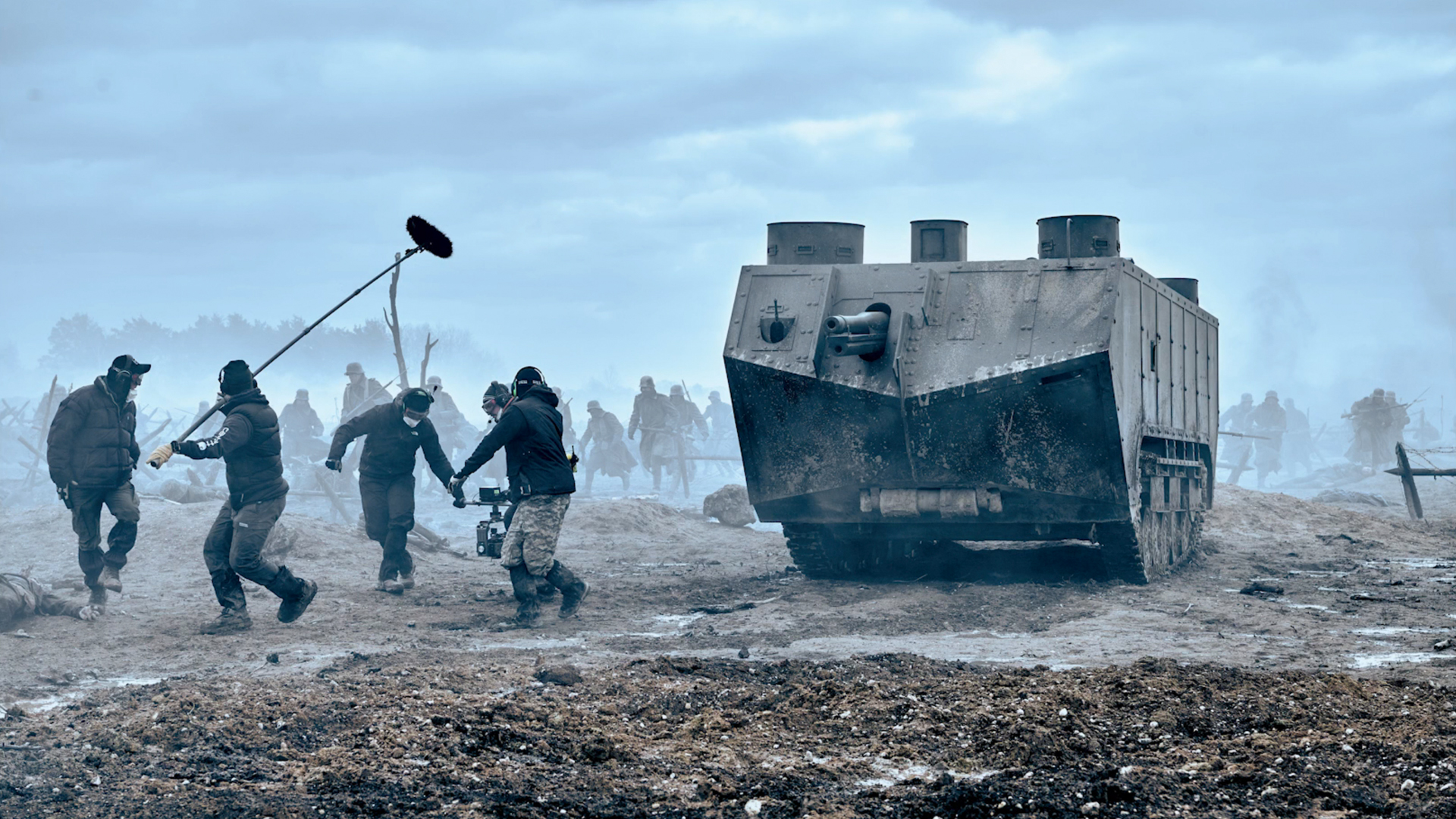
A few words on naturalistic lighting
One of the methods used to achieve this documentary feel was the naturalistic lighting. (Of course, it’s also mostly a necessity when you shoot so many exterior scenes and they take place on an endless field). Friend’s suggestion for shooting outside was to shoot when it was overcast. As a result, on some days they would literally sit and wait for the clouds. Three and a half hours? So be it.
But you might have also noticed that some of the dramatic battlefield scenes are constantly backlit by the sun through dense smoke. James explains that they found a location – an old Soviet airbase – where the runways ran perfectly from east to west. Every morning, the sun would pop up over the “French” trench, and in the evening it set behind the “German” one. As they always wanted to shoot against the light (front-lit shots in this setting just didn’t feel right), it allowed the filmmakers to organize shooting days around this natural cycle.
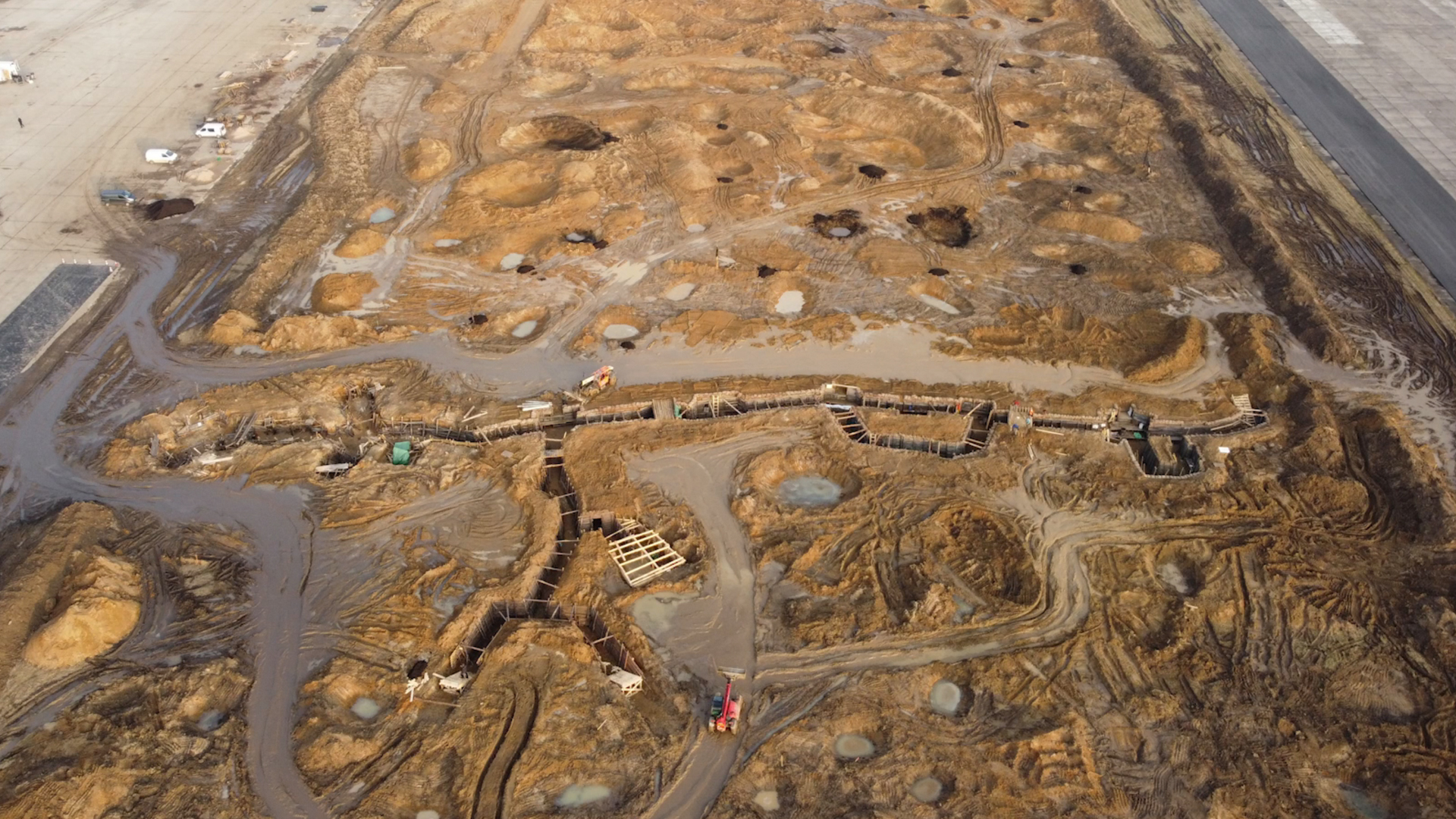
James Friend tries his best to stick to naturalism in other parts of the film as well. A good example here is the warehouse scene, where Paul and his friends discover the missing recruits. Yes, the cinematographer did put 3 ARRI Max lamps outside and covered the windows with diffusion to create soft controllable light. But then he maintains this setup during the entire sequence, trying not to “cheat” by adding something, even when someone looks completely away from or toward the source. That’s why it feels unlit and natural – the simplicity that James craves.
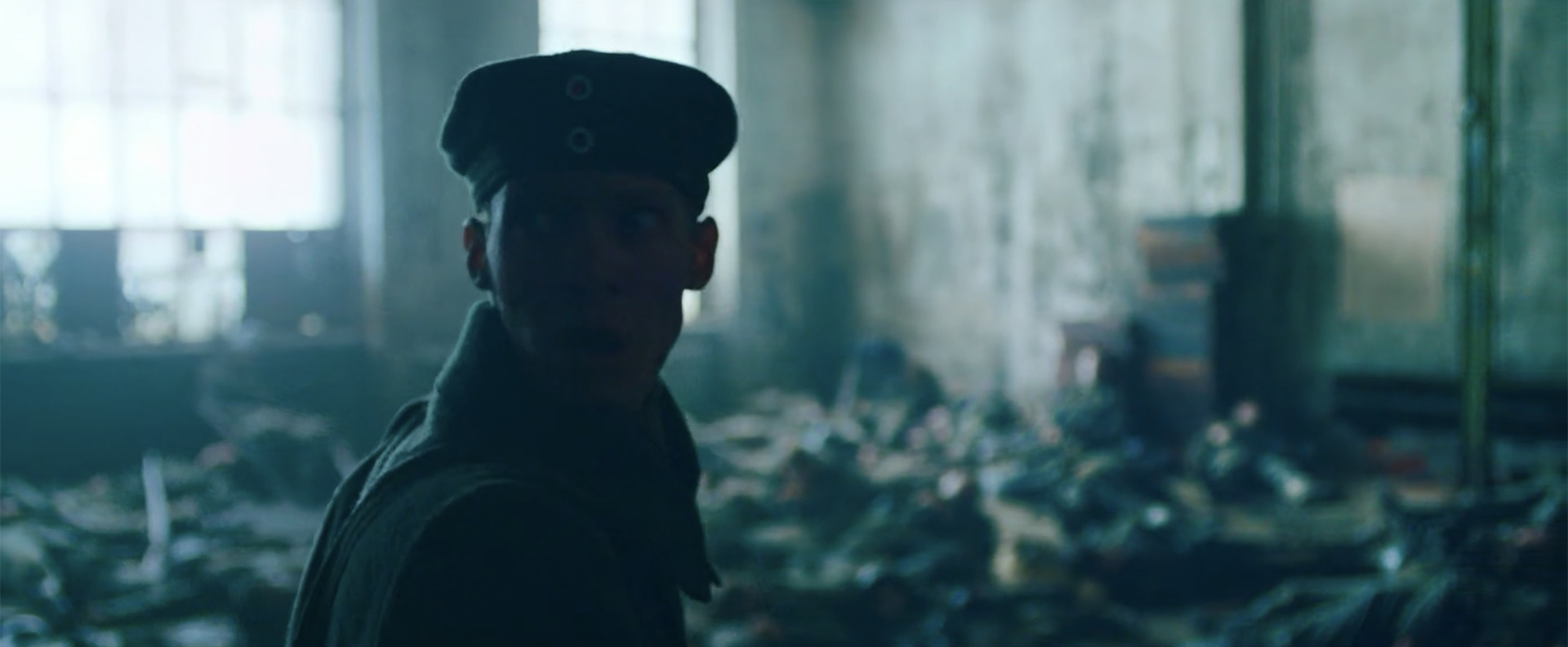
Technical decisions behind the immersive camera on All Quiet on the Western Front
So, what stylistic choices did the filmmakers select to create their visual grammar? First, the cinematographer almost always goes for fairly wide lenses (like 21, 28, or 35mm). As James explains, the camera is with the protagonist nearly all the time, so they needed the wide end of the spectrum to represent Paul’s point of view and immerse the spectator into his journey.
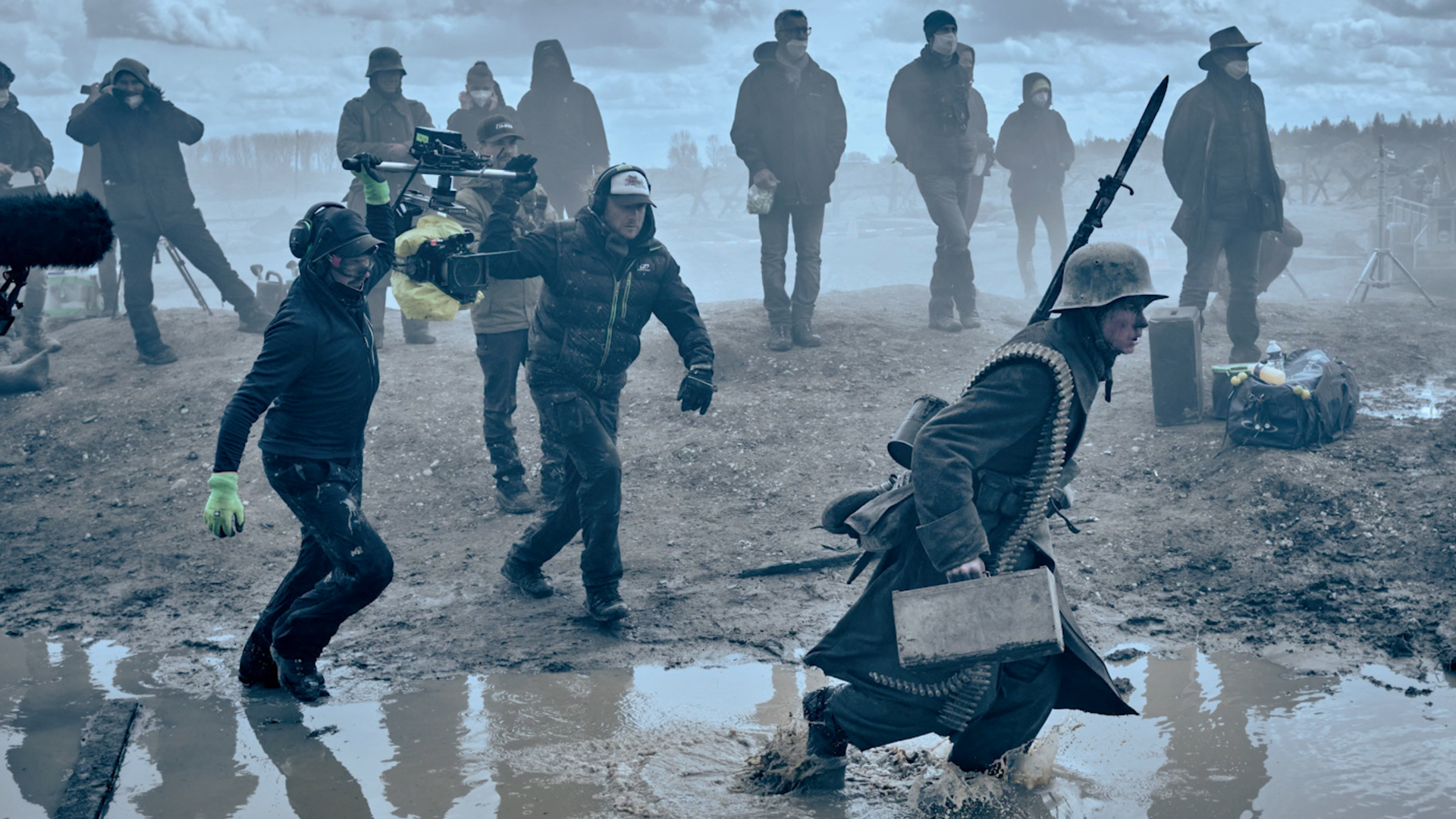
As mentioned previously, in “All Quiet on the Western Front” Friend decided on a single-camera approach. But he used three camera systems for different purposes. They filmed mostly on ARRI Alexa 65, especially during static, dramatic scenes and establishing shots. This decision felt right, as the larger-format sensor helped to underline the wide frames and still kept things engaging for the audience. For the tracking shoulder-cam moments, James would go into Alexa Mini LF. And at nighttime, the cinematographer chose Sony VENICE – purely for light sensitivity, so that they could shoot at 2,500 ISO and achieve a natural feel even in a dark environment.
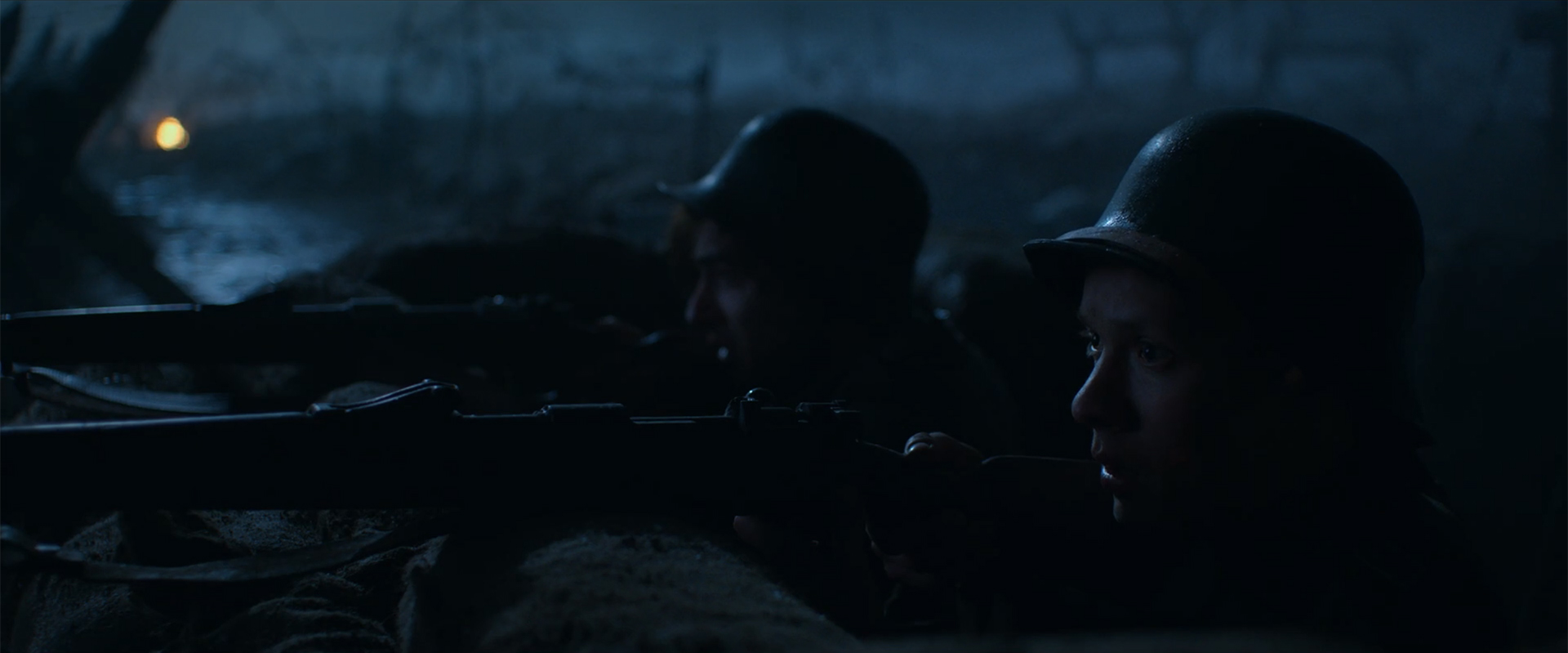
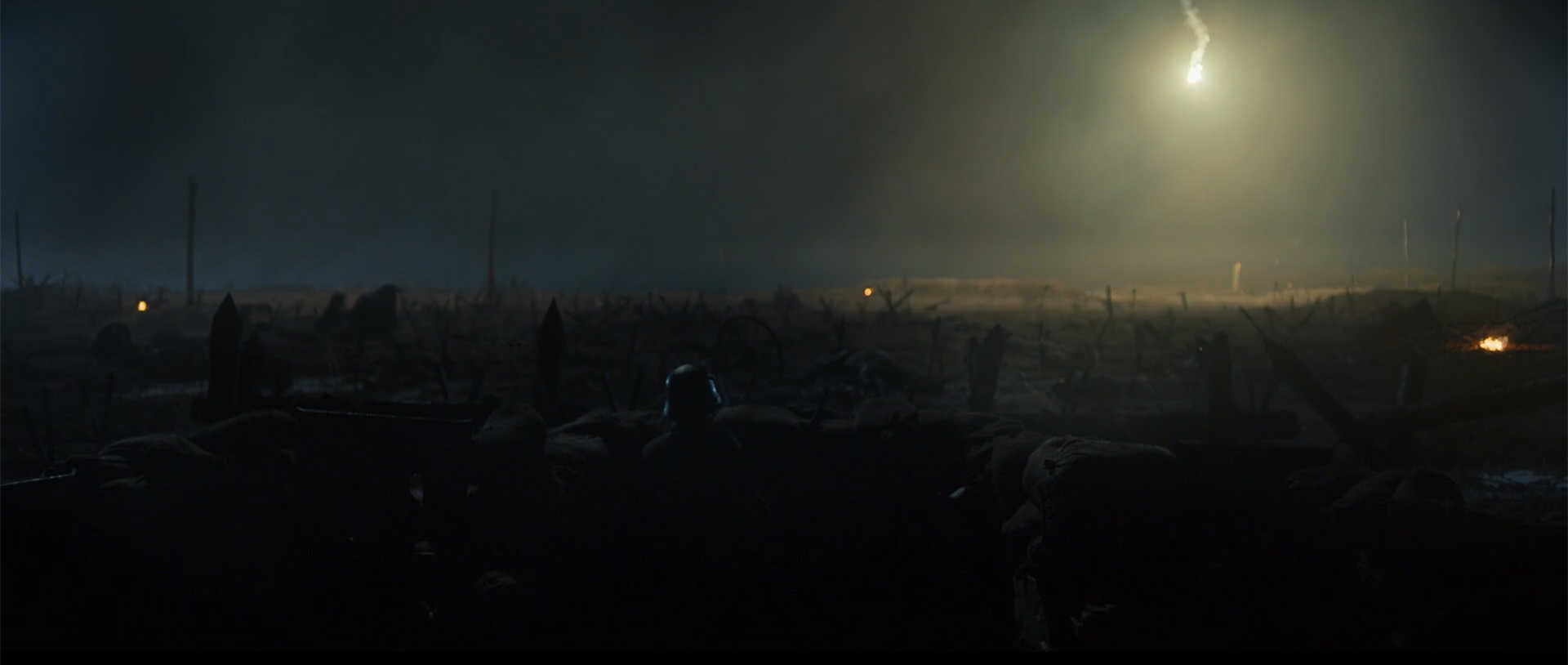
On another note, the military flares from the film still above are real; the SFX team built them just for the shoot. But of course, flying so far away, they didn’t give off enough light. So, filmmakers came up with an interesting solution. The gaffer Daniel Kafka used the ARRI Orbiter LED unit while firing test flares to record light intensity, color, and flicker. Then they uploaded this information into 30 ARRI SkyPanels, built a huge 60 x 60 softbox around them, and put this construction onto a crane. That’s it. Now the filmmakers could press the play button when the SFX team fired each flare and get precisely mimicked light on the actors. Beautiful work.
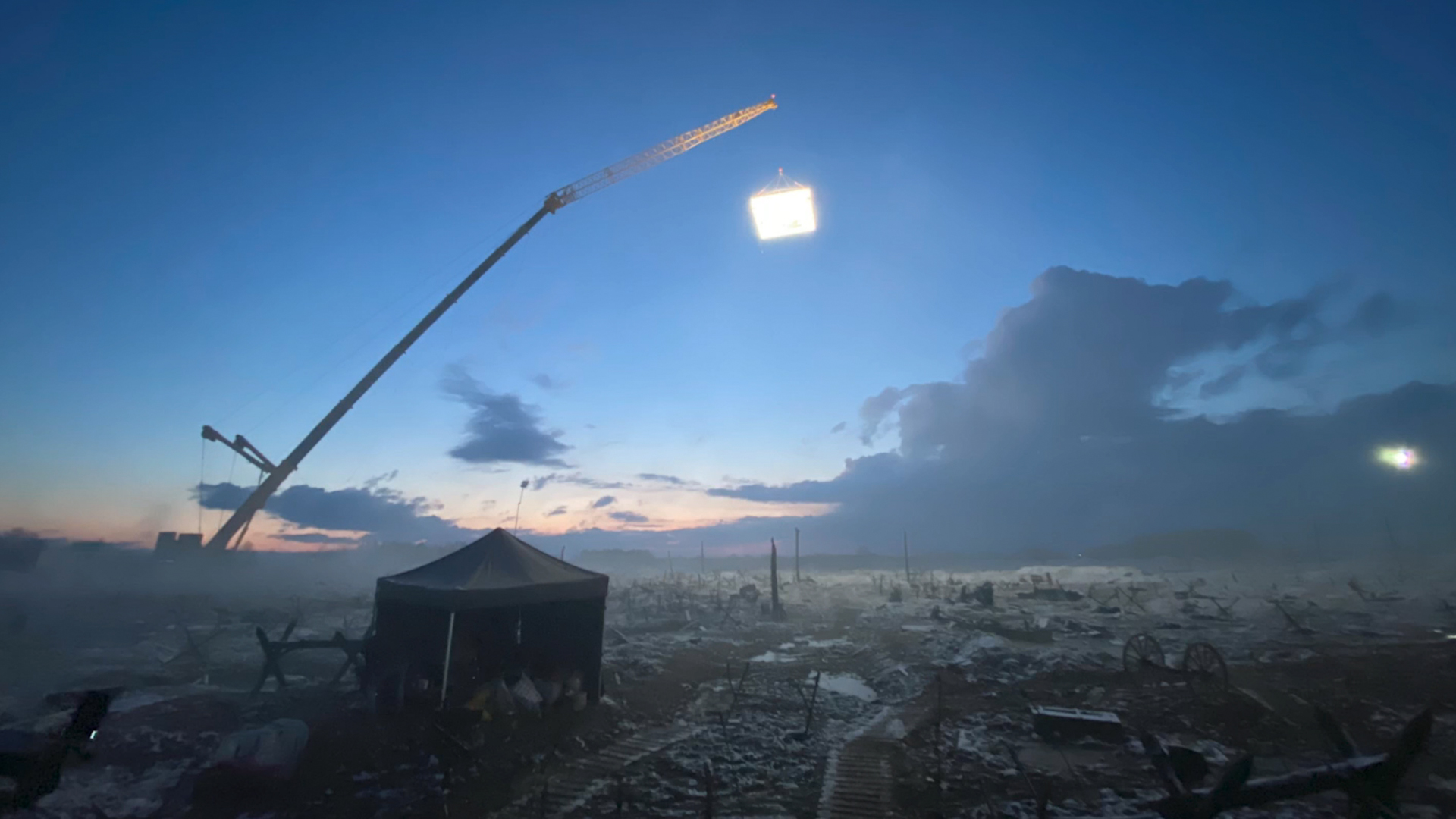
Looking for a new approach to the film about war
During the preparation phase, James Friend deliberately didn’t watch any war-related movies to avoid their influence. That also let him and the director think outside the box. For instance, they knew from early on, “All Quiet on the Western Front” should break free from the typical “war” color palette. There are so many beautifully executed monochromatic or desaturated war films, why replicate them?
When the filmmakers were storyboarding the scene, where monstrous enemy tanks emerge on the battlefield, James thought of emphasizing this horrible moment with some acrid color. They decided on yellow, almost toxic, smoke. Probably not historically accurate, Friend admits, but what a strong visual impression!
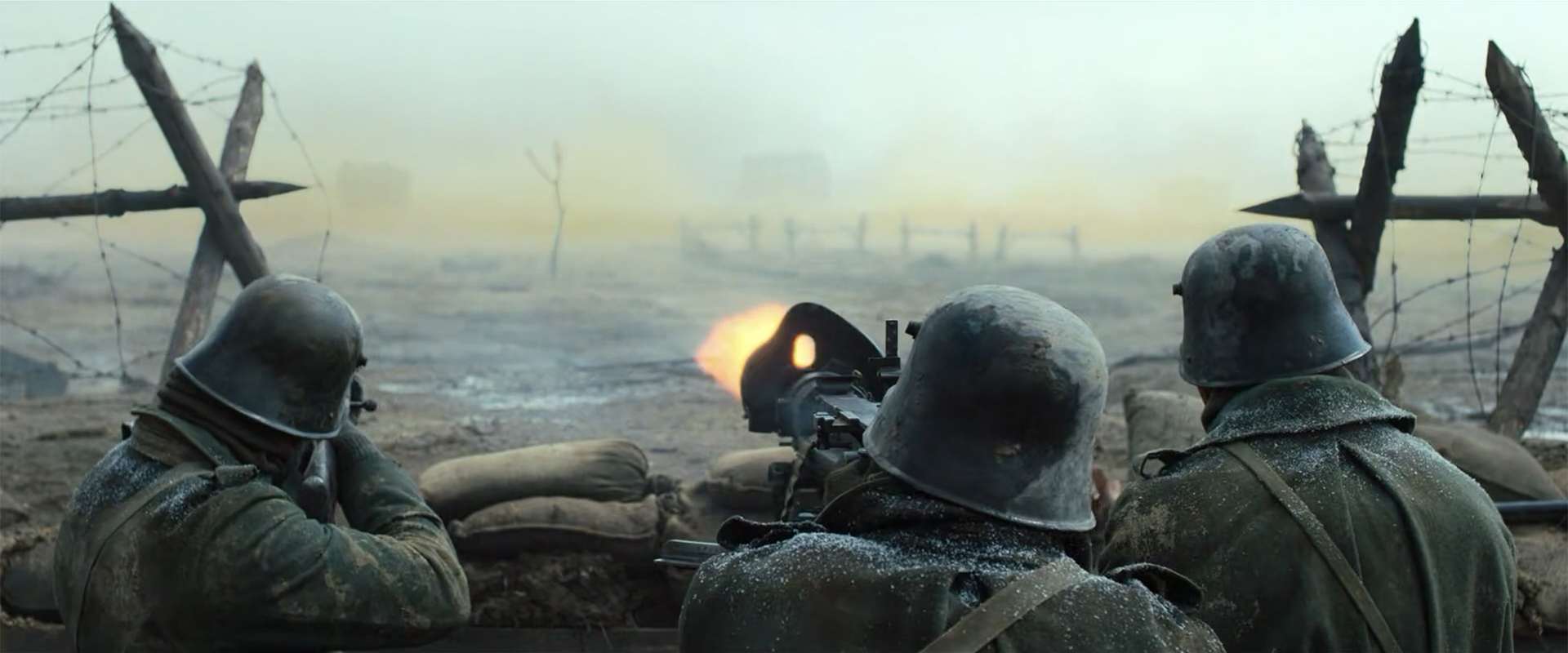
Different colors throughout the movie also help the spectator to visually follow the story. To give you an idea, Berger and Friend wanted the pre-war sequence to feel more optimistic, light, and sunny – a rather unusual approach. As they had started with principal photography at the beginning of winter, they had to wait for springtime to achieve such a look. That explains why the youth euphoria after the patriotic speech is one of the last scenes filmmakers shot.
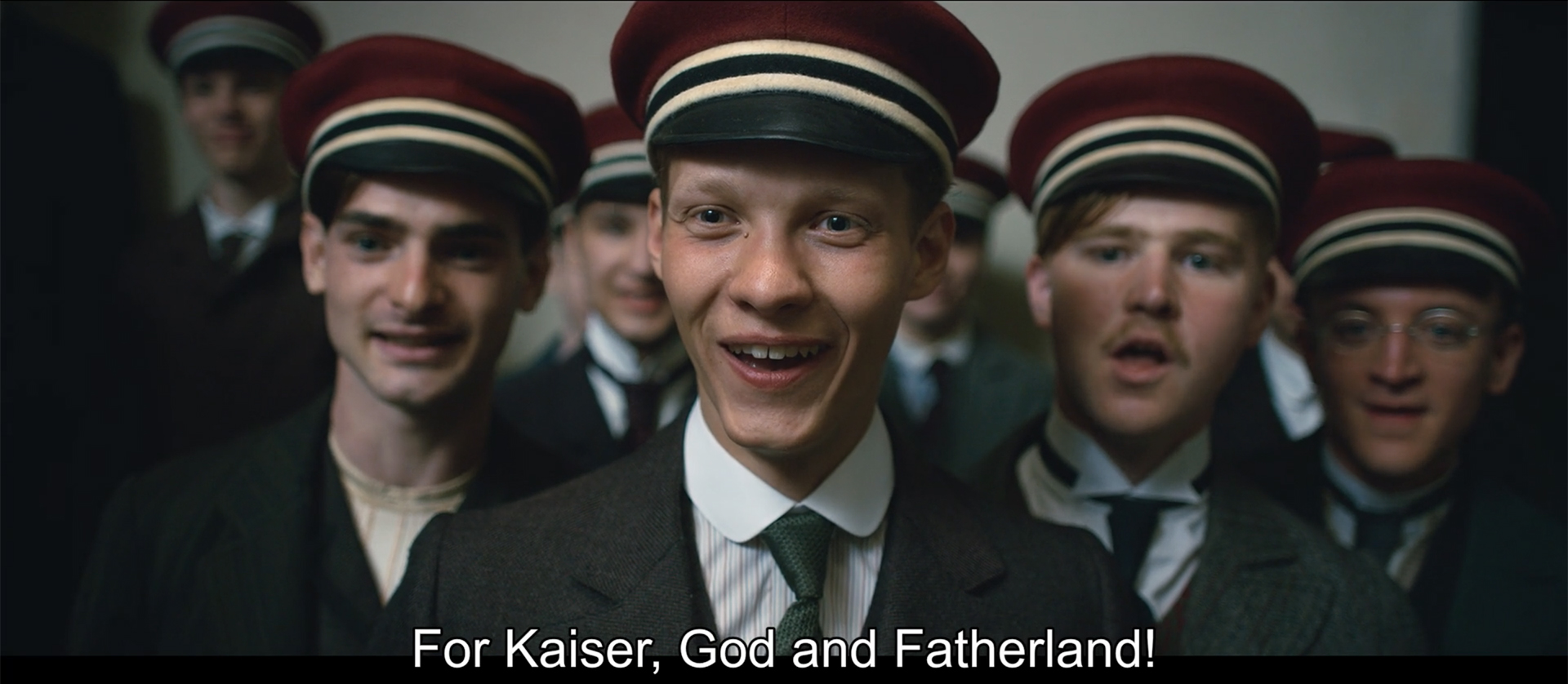
Conclusion
“All Quiet on the Western Front“ is a very tough anti-war film to watch, for sure. In some moments I even caught myself thinking of the Soviet masterpiece “Come and See”. So it’s rather difficult to write something like: “You will enjoy the camera work”, knowing that the outstanding immersive cinematography makes us feel even more of the pain and horror of war throughout this cinematic experience. But it’s definitely worth watching and deserves every nomination it got (also competing for the title of the best international feature at the Academy Awards).
If you want to find out more about how they crafted battle sequences or tracked the actors across the muddy fields and trenches, Friend shares a lot of further insights in the ASC Clubhouse Conversation. If you aren’t already, you can register for free to watch the video.
Full disclosure: MZed is owned by CineD
Join MZed Pro now and start watching today!
Feature image: a film still from “All Quiet on the Western Front” by Edward Berger, 2022.
How did you like the immersive camera on All Quiet on the Western Front? What other unusual visual tools or approaches did you notice while watching? Let us know in the comments below.
UPD: At the 95th Academy Awards, “All Quiet on the Western Front” won four Oscars, picking up the trophies in the following categories: Best International Feature, Best Cinematography, Best Original Score, and Best Production Design.
